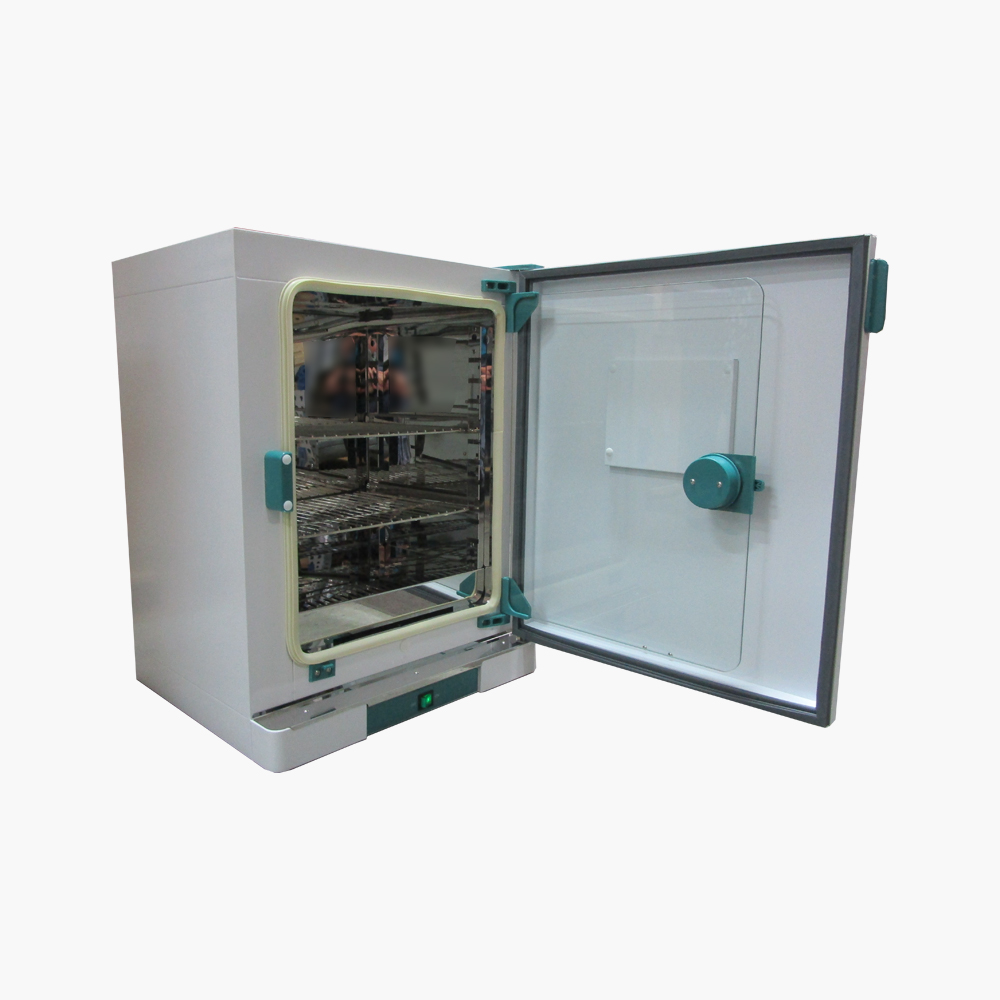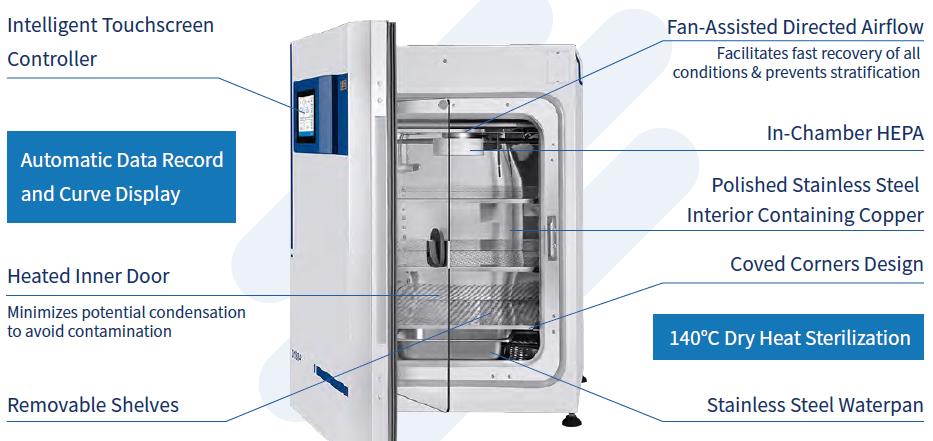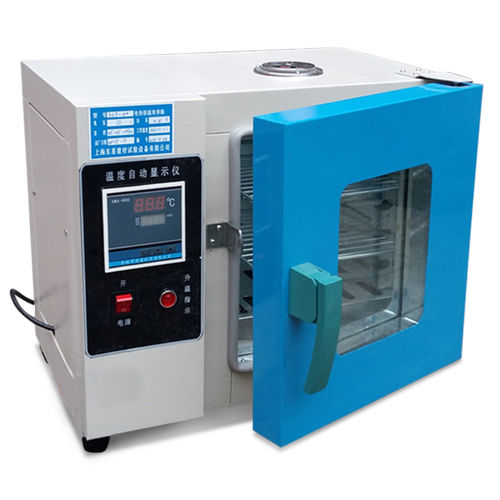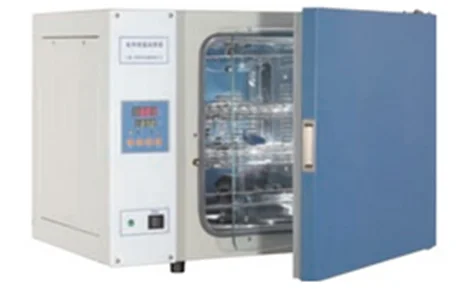

In other words, these changes in temperature and light would contribute to the capacity of the chicken to combat the post-hatching environment through adaptive response. This environmental stimulus during the embryonic period may be useful to prepare the embryo for post-hatching life. Indeed, variations in temperature and light occur during the natural incubation conditions the mother hen leaves the nest an average of 8.2 times (ranging from 2 to 13) for food and water ( Archer and Mench, 2014), or the hen rises to turn the eggs as a response to embryos’ call ( Rogers, 1995). However, studies have shown that variations in incubation temperature and light affect hatchability, chick quality, and post-hatching growth. Therefore, under commercial conditions, embryos are incubated in the dark.

Overall, the related literature review shows that lighting during incubation is not crucial as other incubation factors do. Among these factors, incubation temperature is the most critical. It is well known that incubation conditions, such as temperature, humidity, gas exchange, turning, and light have been shown to affect embryo growth and development. This period is 20.5%–26.5% for slow-growing broilers, which is aimed to reach the slaughter weight between 58–81 days. Incubation conditions seem the first step to maximizing meat production because commercial fast-growing broiler chickens spend 33%–38% of their total life period in the incubator environment. Optimizing production is important to meet this demand for chicken meat. The projected global chicken meat production is 102 million tons in 2021 ( Shahbandeh, 2021). Over the past 10 years, global chicken meat production has increased from 83 million tons in 2012 to 100.5 million in 2020. This review aims to provide an overview of studies investigating temperature and light manipulations to improve embryonic development, post-hatch growth, and adaptive stress response in chickens. Therefore, combining light and thermal manipulation during the incubation could be a new approach to improve the resistance of broilers to heat stress. The authors’ preliminary findings suggest that combining light and cyclic higher eggshell temperatures during incubation increases pineal aralkylamine N-acetyltransferase, which is a rate-limiting enzyme for melatonin hormone production. There is also evidence that light affects embryonic melatonin rhythms associated with body temperature regulation. Light-induced changes may be attributed to hemispheric lateralization and the entrainment of circadian rhythms in the embryo before the hatching. Although the commercial incubation procedure does not have a constant lighting component, light during incubation can modify embryo development, physiology, and post-hatch behavior indicated by lowering stress responses and fearful behavior and improving spatial abilities and cognitive functions of chicken. Numerous studies have also demonstrated that cyclic increases in incubation temperature during the critical period of incubation could induce adaptive responses and increase the thermotolerance of chickens without affecting hatchability.

Recently, many studies have been conducted on eggshell and/or incubation temperature to meet the needs of the embryo and to understand the embryonic requirements. Moreover, embryo temperature is not constant, depending on the balance between embryonic heat production and heat transfer between the eggshell and its environment. However, the temperature inside the egg called “embryo temperature” is not equal to the incubator air temperature. Incubation temperature ranging between 37 and 38☌ (typically 37.5–37.8☌) optimizes hatchability. Because chicken embryos are poikilothermic, embryo metabolic development relies on the incubation temperature, which influences the use of egg nutrients and embryo development.

Incubation temperature and light are the two main factors influencing embryo development and post-hatch performance. This process is controlled by incubation conditions, which must meet the requirements of the chick embryo to obtain the best chick quality and maximum hatchability. During incubation, the content of the egg is converted into a chick.


 0 kommentar(er)
0 kommentar(er)
